Years of service 1970 - 1996 Role Television Series Creator | Name Jack Maple Rank Deputy Commissioner | |
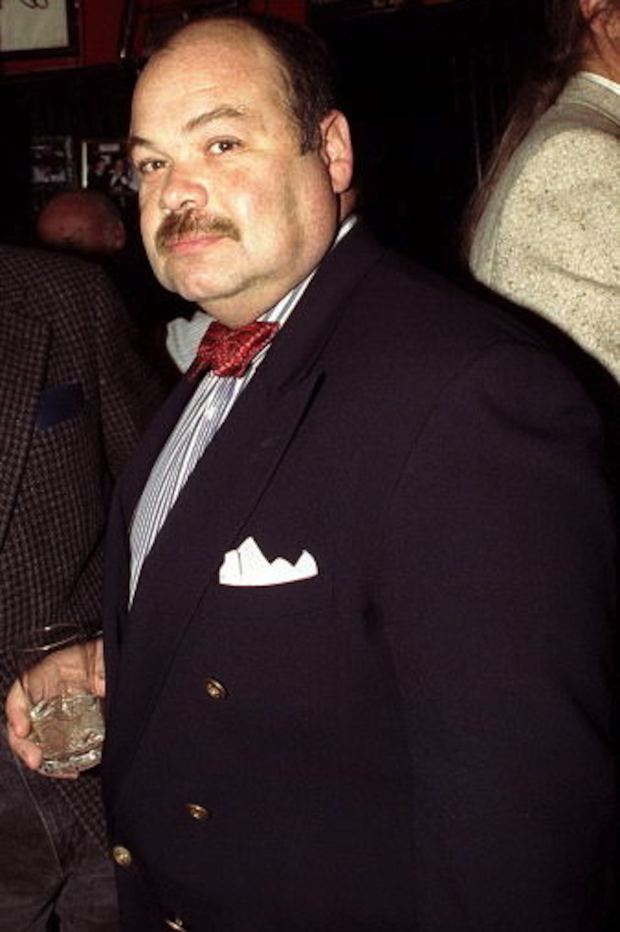 | ||
Similar People Terry George, Roger Aaron Brown, Lynne Thigpen, Craig T Nelson, Elizabeth Marvel | ||
"Jack Maple Place" Dedication
Jack Maple (1952 – August 4, 2001) served New York City as the Deputy Police Commissioner for Crime Control Strategies. He created the CompStat methodology of crime fighting and law enforcement strategy. He coauthored the book The Crime Fighter, and inspired the television series The District.
Contents
- Jack Maple Place Dedication
- Early life
- Career
- COMPSTAT
- Later career and death
- Personal trademarks
- References
Early life
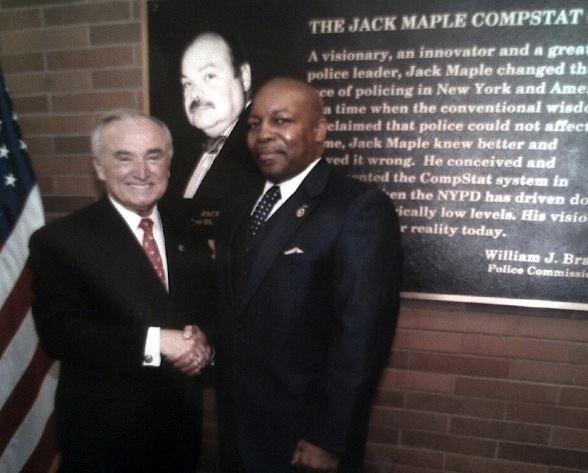
Jack Maple was born in 1952 and grew up in Richmond Hill, New York on the corner of Forest Park at 108th Street and Park Lane South. He was taught to be honest, was stern, and had a brazen sense of humor.
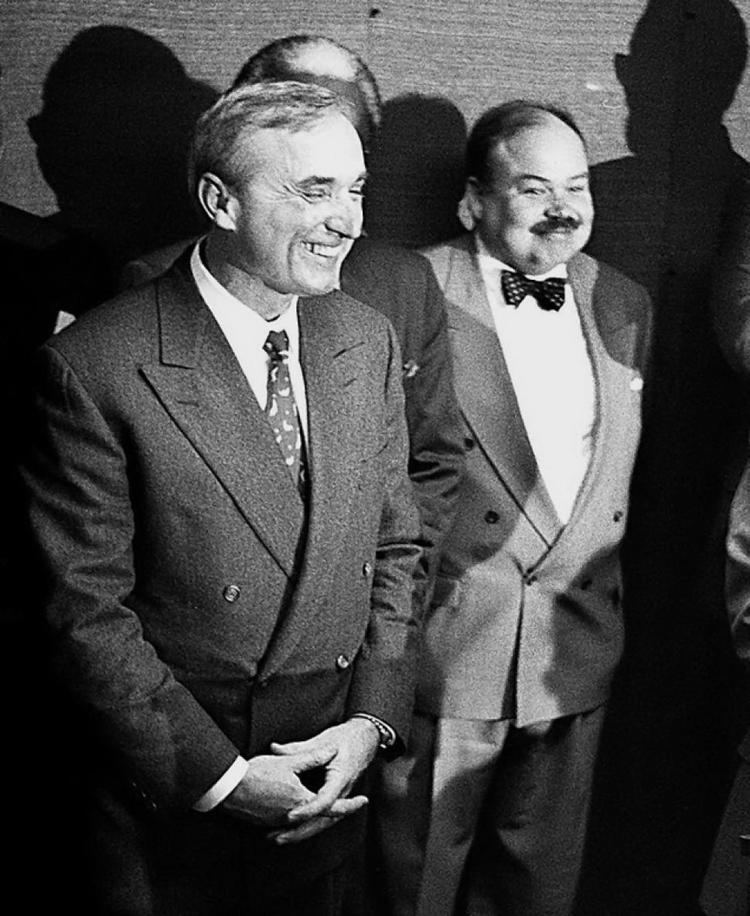
He attended Brooklyn Technical High School for four years and followed the Aeronautical Engineering major. He worked odd jobs during the day and earned his high school diploma equivalence at night.
Career

Maple became a transit police officer, considered one of the most dangerous jobs in New York. Maple rose from an undercover detective patrolling Times Square and the 42nd Street train station at 8th Avenue to the rank of Lieutenant in the New York City Transit Police.
COMPSTAT
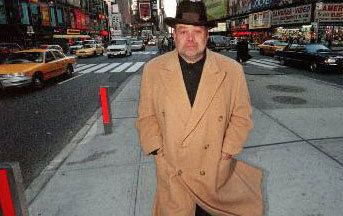
Robberies were the majority of violent crime in the subways. Maple tracked the robberies by pinpointing them on several hundred maps on his wall. Some officers called the maps "wall paper." Maple called the maps the “charts of the future”. He used them to discern underground crime patterns and dispatched police officers accordingly. Maple noticed by placing officers at these locations, the robberies were being displaced to other areas of the subway. He dispatched officers in what he called a "rapid response". Crime was reduced in the subway by 27% using Maple's methods.
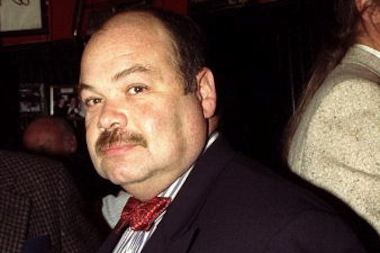
Bill Bratton, head of the New York transit police department while Maple worked as a lieutenant, noticed that Maple’s way of crime fighting showed a dramatic decrease in robberies. When Bratton was promoted to police commissioner in 1994, he took Maple with him as Deputy Police Commissioner to One Police Plaza. Maple called his strategy computer analysis of computer statistics—COMPSTAT.
The COMPSTAT program revolutionized the department and became a symbol of police accountability. Maple would have weekly COMPSTAT strategy meetings. COMPSTAT has become innovative in police departments across the nation. Almost every mid to large city in America has implemented COMPSTAT in their department’s crime fighting.
Later career and death
60 Minutes aired a special on the new crime fighting technique, including Maple and Bratton. Maple and Bratton became known as the Crime Fighting Kings. Maple and one of Bratton’s aides, John Linder, founded a police consultant business and traveled around the country to help police departments with their crime problems.
The New Orleans Police Foundation, a group concerned about crime and police ineffectiveness in New Orleans, hired Maple and Linder for $1 million in consulting fees. New Orleans' per-capita murder rate was five times that of New York, with almost one person murdered each day. In 1994, Mike Wallace and 60 Minutes did a segment called “NOPD Blues” and branded New Orleans as “the number 1 city in the nation for police brutality and corruption”.
Maple implemented COMPSTAT in New Orleans. In 1996, crime statistics in New Orleans went down 22 percent in nine months and kept going down for four and half years. In late 1997, Ed Bradley returned to New Orleans for another 60 Minutes special. He did a glowing report, reporting that with COMPSTAT in New Orleans, it is becoming one of the safest cities in America.
More cities hired Maple and Linder as consultants, including Newark, New Jersey, Baltimore and Istanbul, Turkey. In 1999, Maple co-wrote a book, The Crime Fighter: Putting the Bad Guys Out of Business, published by Doubleday. Maple also began to co-write the prototype for the weekly television series The District.
During this time, Maple was diagnosed with colon cancer. He still had a sense of humor, dismissing it as a bump in the road. The cancer progressed very rapidly though. Maple said that he wanted his funeral in the late afternoon, and he wanted the procession to go up 42nd Street, past Grand Central Terminal right around rush hour. He knew it would tie up traffic, saying “For once they could wait for the fat cop". At Maple’s funeral, Mayor Giuliani hailed him as a great innovator in law enforcement who helped make New York City the safest large city in America.
Personal trademarks
Maple was known as a sharp dresser. He would be seen walking around the city wearing a Homburg hat, polished wing tipped shoes with Spats, and a tailored three piece suit with a bow tie. He was photographed by a famous photographer Helmut Newton in 1996 in a session to Vanity Fair.
The 11 April 1983 issue of New York Magazine contains an article on Jack, called "The Cop Who Loved the Oak Bar", written by Michael Daly, pages 34-37.
